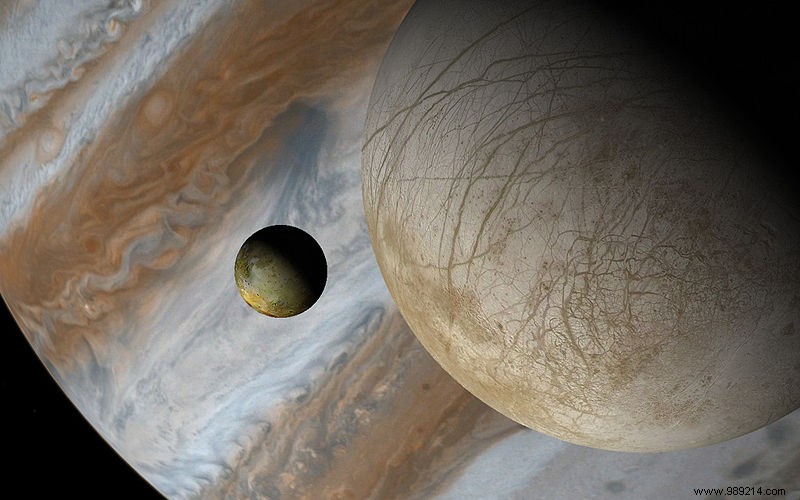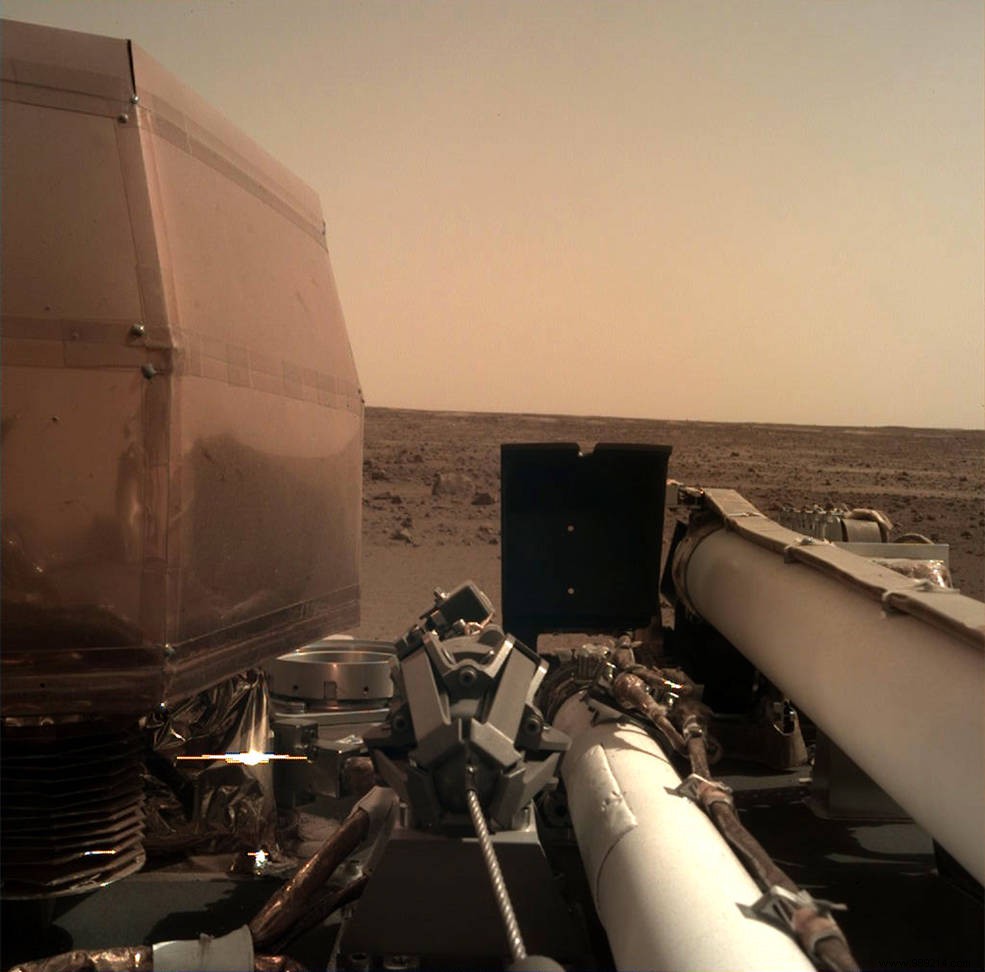NASA has just extended the missions of two of its interplanetary explorers:the Juno spacecraft, in orbit around Jupiter, and the InSight lander, currently on Mars .
On one side we have Juno. Launched on August 5, 2011, the spacecraft went into orbit around Jupiter five years later, in 2016. The objectives were multiple:analyze its atmosphere in depth (composition, temperature, cloud movements and other properties). It was also about exploring its magnetosphere , especially near the poles, so as to enrich our knowledge of how the planet's magnetic field affects its atmosphere. Meanwhile, Juno has also helped capture some of Jupiter's most beautiful shots.
However, this mission was originally scheduled to end in 2018. About three years ago, NASA extended it for the first time. The probe was then planned to stay there until July 2021 before coming to "crash" into Jupiter. However, a review committee has just extended the mission, considering that the probe was able to play the extensions, thus allowing us to learn more about the Jovian system.
With this new extension, Juno will be in operation until 2025 (assuming the ship supports the trip) during which it will explore Jupiter's rings and several of its major moons, namely Io, Ganymede and Europa.

And on the other hand, we have InSight. After just over 480 million kilometers traveled, the American InSight probe successfully landed in November 2018 on the surface of Mars. Its main purpose was to listen to the "heartbeats" of the planet.
In concrete terms, the general idea is to be able to detect tiny seismic waves passing through the lower layers of Mars in order to learn more about its internal composition . On Earth, this information has disappeared due to plate tectonics. On the other hand, Mars not being subject to these plate movements, the traces of its formation are still present. So, by understanding the interior of Mars, we might be able to understand the formation of our own planet.

In this sense, the mission has made huge progress. We now know that Martian earthquakes are weaker, but more frequent than predicted by theoretical models . The seismic recordings also made it possible to distinguish three layers in the basement :the duricrust (a hardened layer of a few centimeters), the regolith and an altered layer about ten kilometers thick. Below is a deep consolidated crust.
Like Juno, the review panel found that the InSight mission still had potential. The one which was to end in a few months will therefore be extended at least until December 2022.